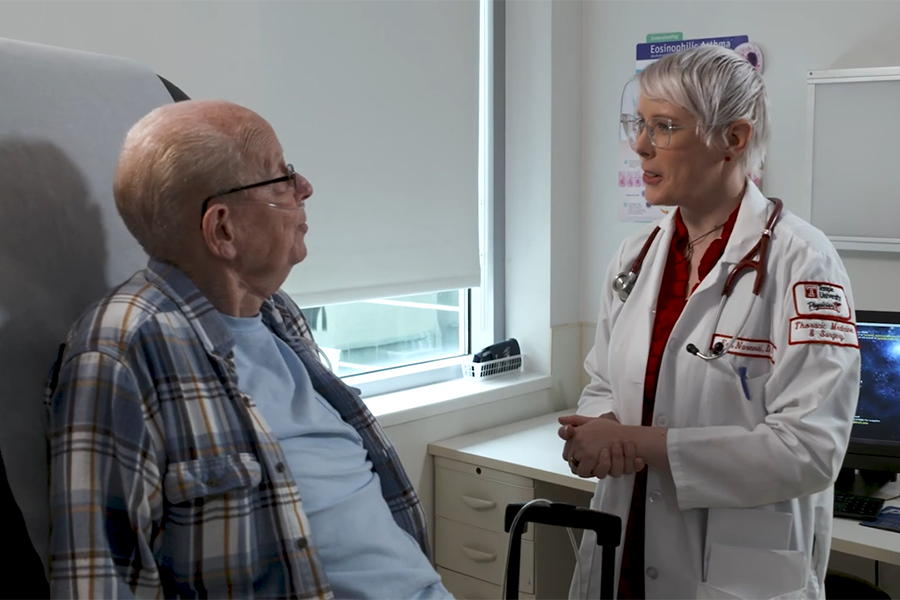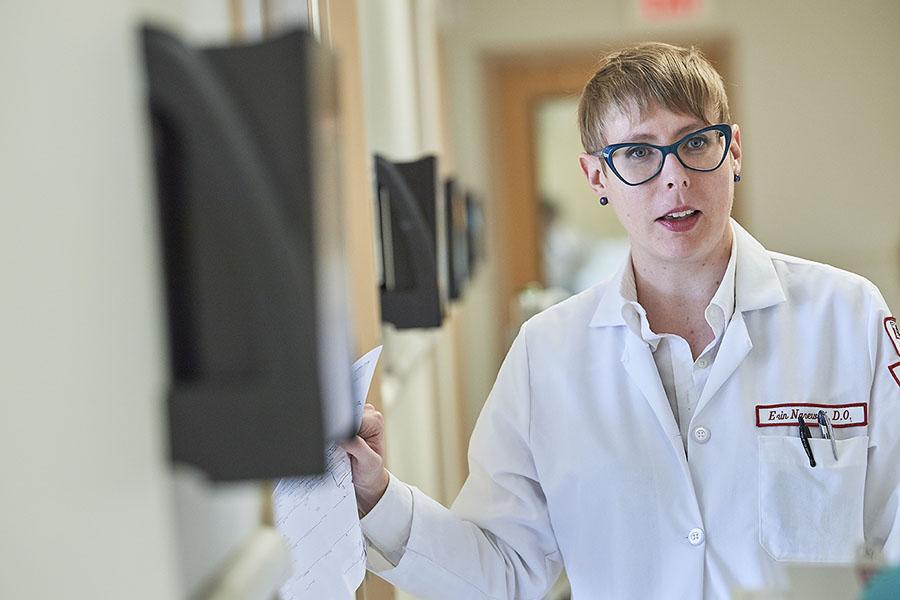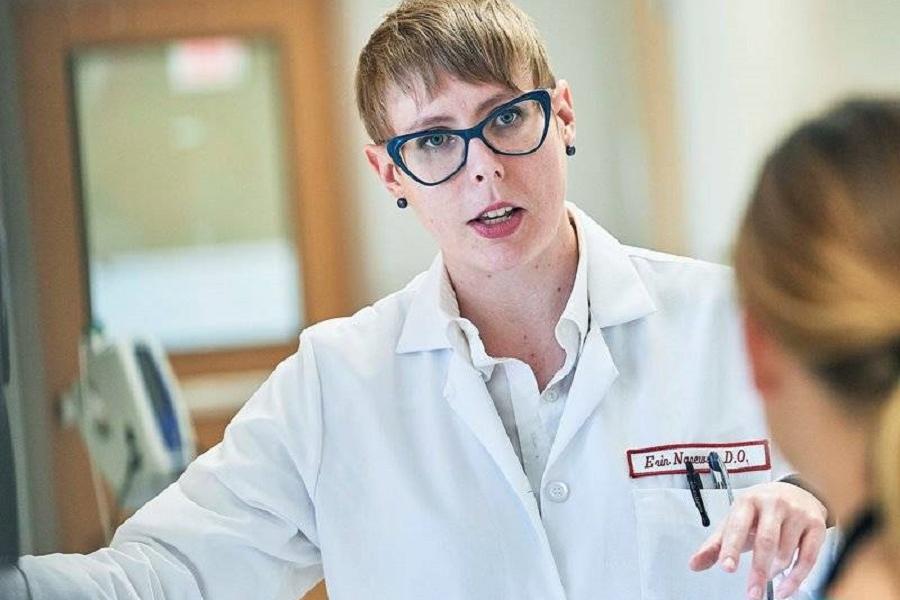Usually, the scarring of the lungs that occurs with interstitial lung disease (ILD) is not reversible. But treatments that improve lung function are available for diseases which include active inflammation.
The purpose of interstitial lung disease treatment is usually to:
- Slow or stop the progression of the disease
- Improve quality of life
- In some cases, reverse the effects of ILD
Treatment may vary depending on the underlying cause. Temple interstitial lung disease specialists offer the following treatments that may be used alone or in combination:
Lifestyle Changes
Quit Smoking
If you smoke, the most important thing you can do is quit smoking. Your doctor can help you by recommending smoking cessation programs and products. In addition, joining a support group with other people who are quitting smoking can be very helpful.
You should also avoid secondhand smoke and places where other lung irritants are present as much as possible. These include spaces where dust, strong odors, allergens and toxins may be present in the air.
Get Exercise
Physical activity can help to strengthen the muscles used in breathing and improve your overall wellness. Your doctor can help determine what kinds of activity are safe for you.
Attend Pulmonary Rehab
In addition, your doctor may recommend pulmonary rehabilitation, which encompasses a variety of methods designed to improve the well-being of people with chronic breathing problems. Rehab may include an exercise program, training in managing ILD, nutritional counseling and psychological counseling.
Medicines
Depending on the underlying cause of your ILD, your doctor may recommend different medications. Some of the medications used to treat ILD include:
- Inhaled or oral corticosteroid medications — can reduce the immune system activity that causes scarring and inflammation in the lungs in some forms of ILD.
- Antibiotics — respiratory infections can worsen ILD. Antibiotics treat these infections.
- Disease-specific therapies — such as medicines specifically for pulmonary fibrosis.
- Immunomodulators — therapies that alter the way the immune system functions.
Other Treatment Options
Surgery is usually a last resort for people who have more severe ILD that is not improved with medication or other treatments.
Lung Transplant
Lung transplantation is reserved for treating patients with very severe ILD who do not have other treatment options. A lung transplant involves removing a damaged lung and replacing it with a healthy lung from a deceased donor.
Lung transplants can significantly improve lung function and quality of life, but involve many risks, including the risk of infection and even death if the body rejects the transplanted lung.
Oxygen Therapy
Doctors may also recommend oxygen therapy. Oxygen therapy can help people with interstitial lung disease who have low levels of oxygen in their blood to breathe better. The treatment usually involves administering oxygen through 2 small tubes that enter the nose, called nasal prongs.
Some people who receive oxygen therapy need it all the time, while others only need it at certain times. Oxygen therapy does not stop the damage to the lungs associated with ILD, but it does have several benefits, including:
- Making it easier to breathe and exercise
- Preventing or reducing the complications that can arise with low blood oxygen levels
- Reducing the blood pressure in the right side of the heart
- Improving sleep and general quality of life
Make an Appointment Today
To learn more about treatment options or to be evaluated for interstitial lung disease, request an appointment or call 800-TEMPLE-MED (800-836-7536).


